Fizjoterapia klatki piersiowej kierowana elektryczną tomografią impedancyjną u pacjentów oddziału intensywnej terapii z chorobami płuc: wprowadzenie do metodyki i realizacji w praktyce
Methods
EIT measurements and EIT-guided strategies
Two sessions of CPT (morning and afternoon, 20 minutes each) guided by the real-time ventilation distribution imaging obtained with EIT were conducted using a newly developed enhanced 2-week CPT program. The CPT session consisted of modified postural drainage (6), assisted cough technique (7), positive expiratory pressure (8), high-frequency chest wall oscillation (9), chest percussion, vibration (10) and active cycle of breathing techniques (ACBT) (11). The appointed therapist performed pulmonary auscultation and thoracic palpation to assess the status of pulmonary ventilation and secretion retention, and whether the patient’s cough ability could complete effective airway clearance. Individualized program was formed according to the assessment, internal guidelines, the patient’s tolerance, education level, and patient’s preference. EIT measurements were conducted using the PulmoVista 500 EIT device (Dräger Medical, Germany) at a scan rate of 20 images/s. An elastic belt with 16 electrodes was placed at the patient’s chest wall between the 4th and 5th intercostal space and a reference electrode at the middle of the patient’s abdomen. Continuous EIT scanning was performed during the whole CPT session and the generated images were used to guide the CPT treatments.
EIT-guided modified postural drainage combined with vibrations and chest percussion: tidal variation images in EIT reveals heterogeneously ventilated regions. Physiotherapist identified such regions at the bedside and instructed the patient to take the appropriate drainage position, so that the poorly ventilated regions became gravity non-dependent regions. Subsequently, the physiotherapist put her hands on the poorly ventilated area with a vibratory force. A compressive pressure was produced by the therapist’s arms.
EIT-guided ACBT: ACBT is one of the most commonly used airway clearance techniques. It consists of repeated cycles of three ventilatory phases: breathing control, thoracic expansion, and forced expiration technique (FET). EIT was used to guide thoracic expansion and FET. 1. EIT-guided thoracic expansion: EIT displays dynamically the inhalation and exhalation of air in real time. When instructing the patient to perform thoracic expansion, the physiotherapist shared the real-time images with the patient and guided the patient to expand the thorax based on visual feedback to improve ventilation in poorly ventilated areas. 2. EIT-guided FET: FET involves one or two huffs. One is a slow huff from the middle lung volume down to a low lung volume. The other one is a quicker huff that requires patient to quickly exhale from a high lung volume to a low lung volume. By comparing the former with the latter lung volume change using the impedance-time curve, the physiotherapist was able to assess whether the patient’s inspiratory volume reached the middle lung volume and high lung volume.
EIT-guided effective coughing: Adequate inspiratory volumes for a cough should be at least 60% of the vital capacity for that individual (12). Similar to EIT-guided FET, the physiotherapist was able to assess whether the patient reached the adequate inspiratory volume for effective coughing.
EIT as a tool for instant feedback and motivation: After each treatment session, the effect of the treatment was assessed immediately. The ventilation improvement was visible and explained using the EIT images. The patient visualized the improvement and was motivated for further CPT sessions.


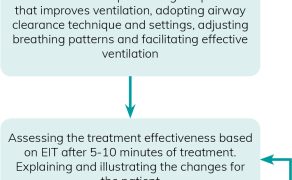
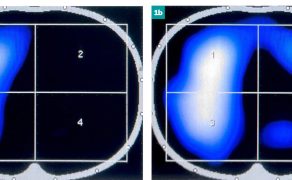
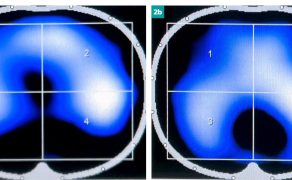
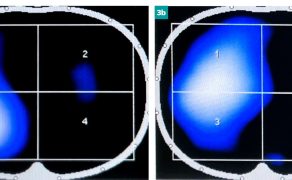
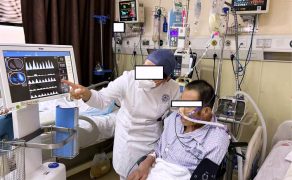

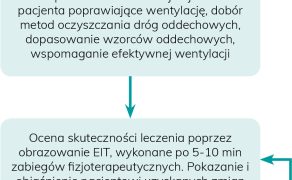
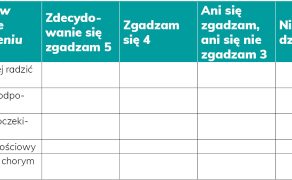
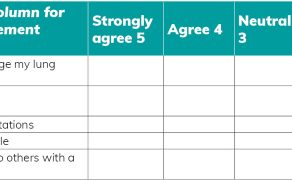
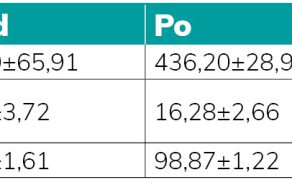
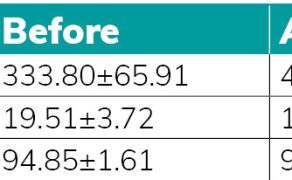
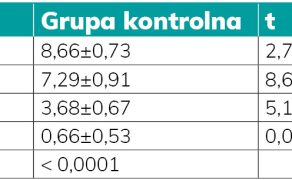
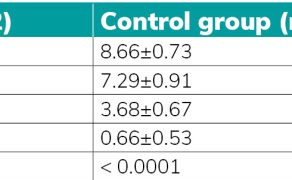
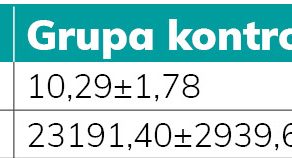
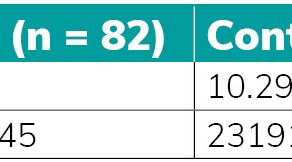



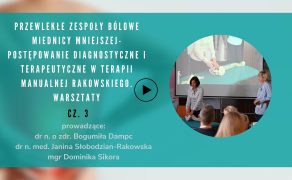
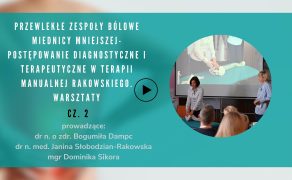
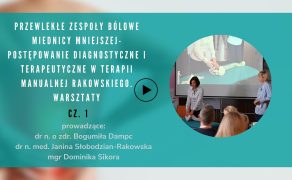
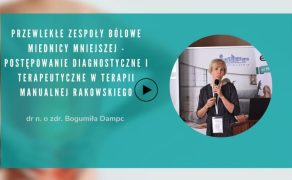






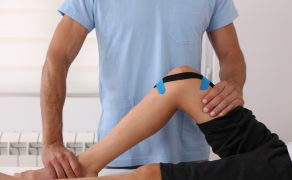

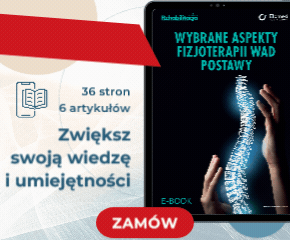
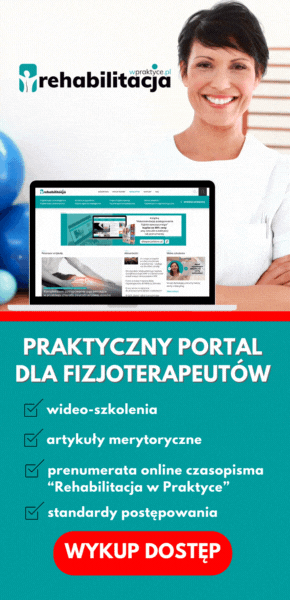
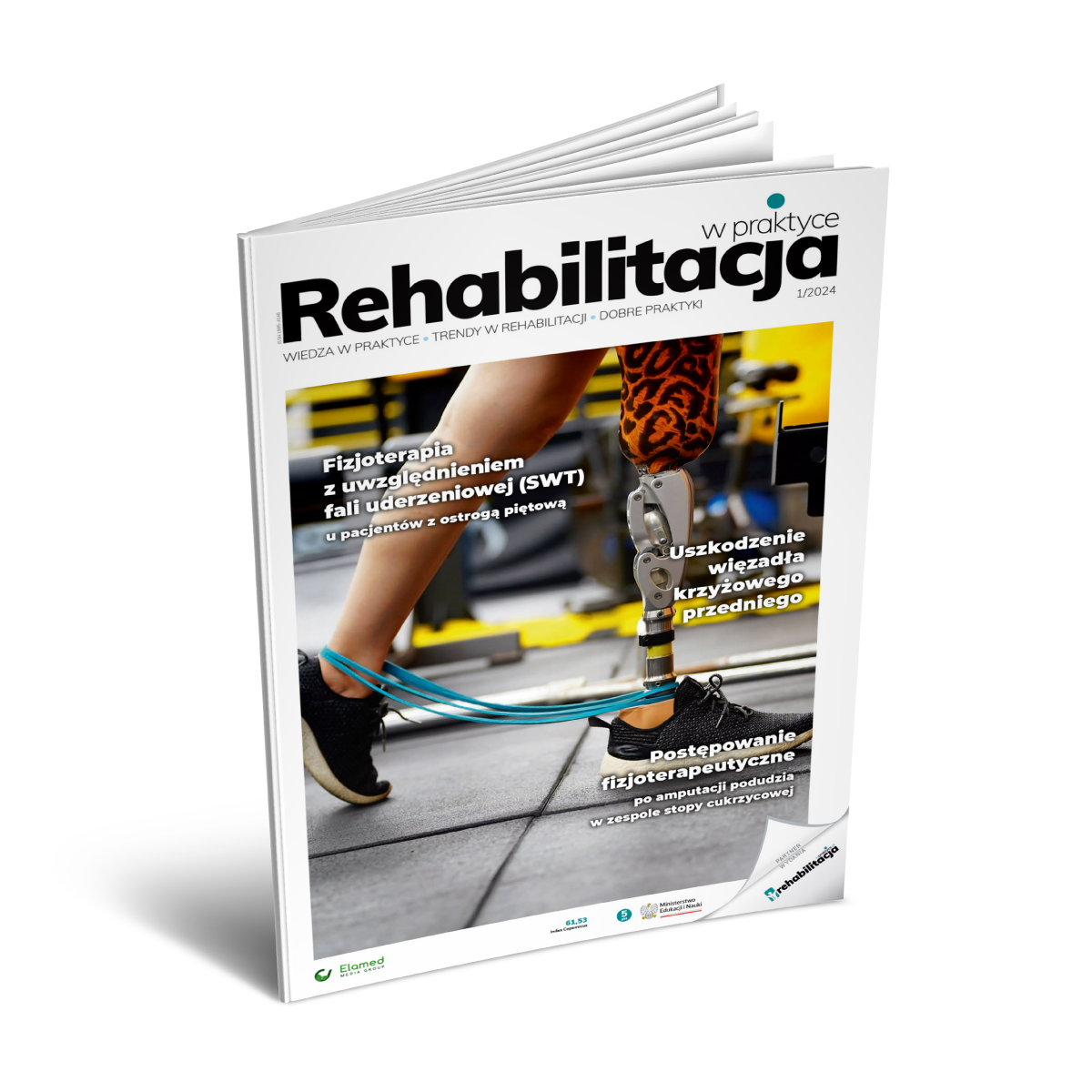
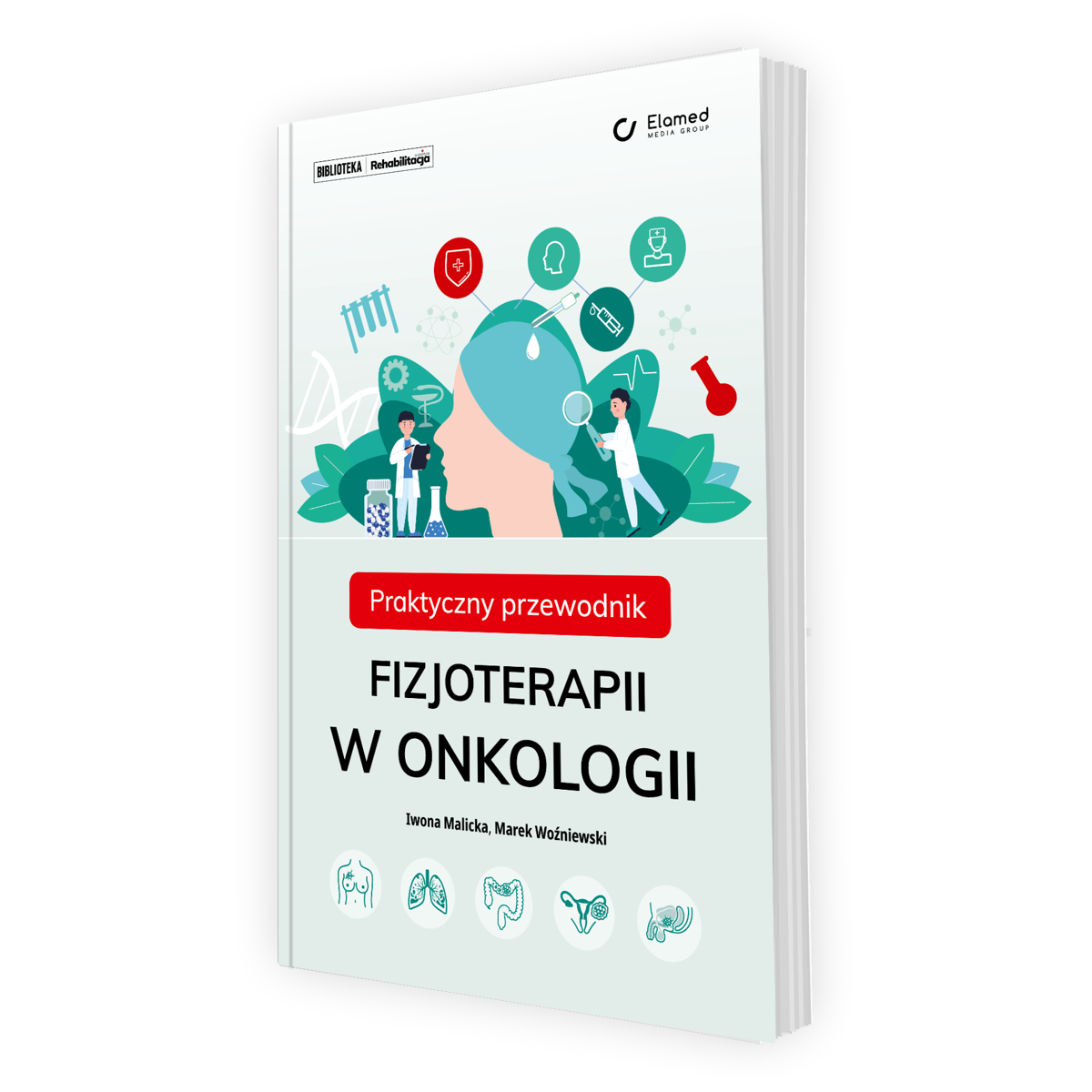
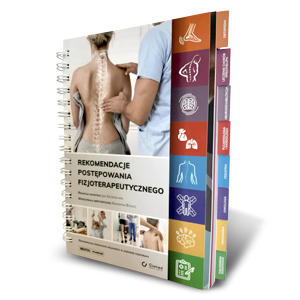
![Wybrane aspekty fizjoterapii wad postawy [E-BOOK]<br />
<br />
<br />](https://rehabilitacjawpraktyce.pl/wp-content/uploads/sites/12/2024/03/RWP_wybrane_aspekty_fizjoterapii_wad_postawy_1200x1200.png)
